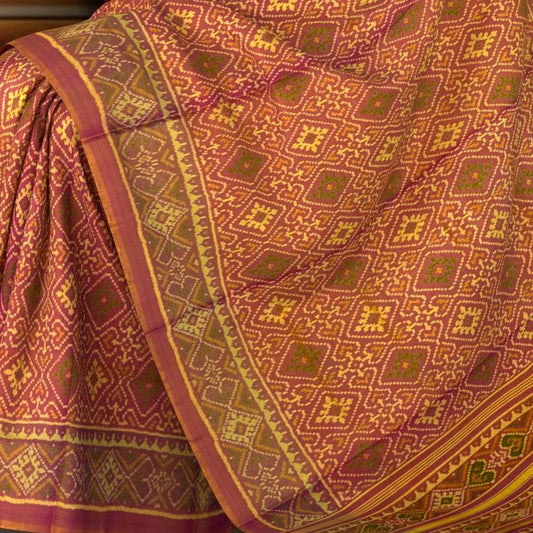Understanding Saree and Petticoat-Related Cancer: Causes, Symptoms, and Prevention
Traditional attire holds a cherished place in our hearts, connecting us to cultural roots and heritage. However, prolonged use of certain traditional garments, particularly sarees and petticoats, may inadvertently pose health risks. Saree and petticoat-related cancer, though not commonly discussed, has been identified in certain cases, especially where the waist area is consistently exposed to friction and prolonged tightness.

This article explores the potential causes, symptoms, and preventive measures for saree and petticoat-induced cancer, providing insights for safer garment practices.
What Is Saree and Petticoat-Related Cancer?
Saree and petticoat-related cancer, sometimes called "saree cancer" or "petticoat cancer," primarily refers to skin cancer or other skin conditions around the waist area. This risk is generally associated with the constant pressure and friction that a tightly tied saree or petticoat may exert over the years. The friction leads to irritation and darkening of the skin, which can sometimes turn into cancerous lesions if left unchecked.
Causes
-
Chronic Friction and Pressure
The practice of tying sarees tightly around the waist can cause chronic irritation due to the repeated friction of fabric against the skin. Over time, this irritation can result in sores and skin thickening, which may become cancerous. -
Continuous Use in a Single Spot
Repeated pressure on the same area, especially around the waist where the petticoat is tied, can cause darkening or thickening of the skin. This constant trauma can lead to precancerous lesions if the area is not given a chance to heal. -
Poor Hygiene and Infections
Sweat and tight clothing can lead to skin infections, which may aggravate any irritation or lesions around the waist. Infections can increase the risk of developing cancerous cells if not treated properly. -
Genetic and Environmental Factors
While saree and petticoat-related cancer is a result of mechanical causes, a genetic predisposition to cancer may increase the risk. Additionally, poor quality or synthetic fabrics can exacerbate irritation, especially in humid climates
Symptoms to Watch For
-
Persistent Redness and Irritation
If the skin around the waist remains red or sore even after removing the saree or petticoat, this could be a sign of chronic irritation. -
Skin Darkening and Thickening
Repeated friction often leads to the thickening and darkening of the skin in the affected area. Although initially harmless, such thickening can sometimes turn cancerous. -
Sores or Open Wounds
Non-healing sores or ulcers in the waist area should not be ignored, as they could be early signs of skin cancer. -
Lumps or Unusual Growths
Any unusual growth or lumps around the waist or abdomen region that do not heal over time should be evaluated by a healthcare professional.
Prevention Tips
-
Avoid Tying Sarees Too Tightly
Allow some slack when tying the saree or petticoat to reduce unnecessary pressure and friction on the waist area. Ensuring comfort helps avoid continuous skin trauma. -
Choose Softer Fabrics
Opt for soft, breathable fabrics like cotton, especially for the petticoat, to reduce friction and skin irritation. Avoid rough or synthetic materials that may worsen irritation. -
Practice Good Hygiene
Regularly wash and air out the area around the waist, and change sarees and petticoats daily if possible to avoid bacterial infections from sweat and dirt. -
Apply Protective Barriers
Using soft padding or layering a thin cloth beneath the waist area can act as a buffer, reducing friction between the skin and saree or petticoat. -
Routine Skin Checks
Be vigilant about any changes in your skin, particularly around the waist area. If you notice any persistent irritation, sores, or growths, consult a healthcare professional promptly. -
Give Your Skin Time to Breathe
Consider avoiding sarees or petticoats for a few days a week or try looser clothing to allow the skin to recover.
Final Thoughts
Saree and petticoat-related cancer, while relatively rare, is a health risk that’s worth understanding for those who wear traditional attire regularly. Preventive measures, combined with awareness, can significantly reduce the risk and ensure that you can wear sarees safely and comfortably.
Taking a few small steps in daily clothing choices and skin care routines can make a meaningful difference in long-term skin health.







Leave a comment
Please note, comments need to be approved before they are published.